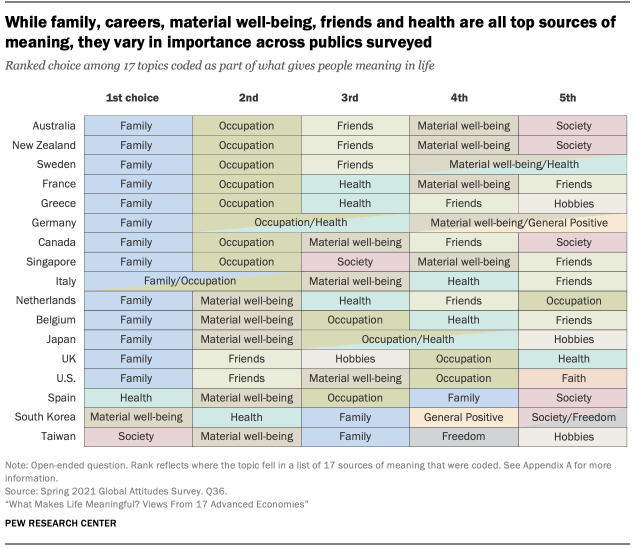
AFPImage...Judges used "advanced" technology to uncover tampering with contestants in the pageant
More than 40 camels have been disqualified from Saudi Arabia's beauty pageant for receiving Botox injections and other cosmetic enhancements.
The contest is a highlight of the King Abdulaziz Camel Festival, where $66m (£45m) in prize money is at stake.
Key attributes include long, droopy lips, a big nose and a shapely hump.
Judges used "advanced" technology to uncover tampering withcamels on a scale not seen before, the state-run Saudi Press Agency (SPA) reported.
All contestants were first led into a hall where their external appearance and movements were examined by specialists, it said.
Their heads, necks and torsos were then scanned with X-ray and 3D ultrasound machines, and samples were taken for genetic analysis and other tests.
Twenty-seven contestants in the cup for Majaheim camels alone were disqualified for having stretched body parts and 16 were ejected for having received injections, according to SPA.
The organisers of the pageant, the Camel Club, were cited as saying that they were "keen to halt all acts of tampering and deception in the beautification of camels" and promising to "impose strict penalties on manipulators". READ MORE...




























